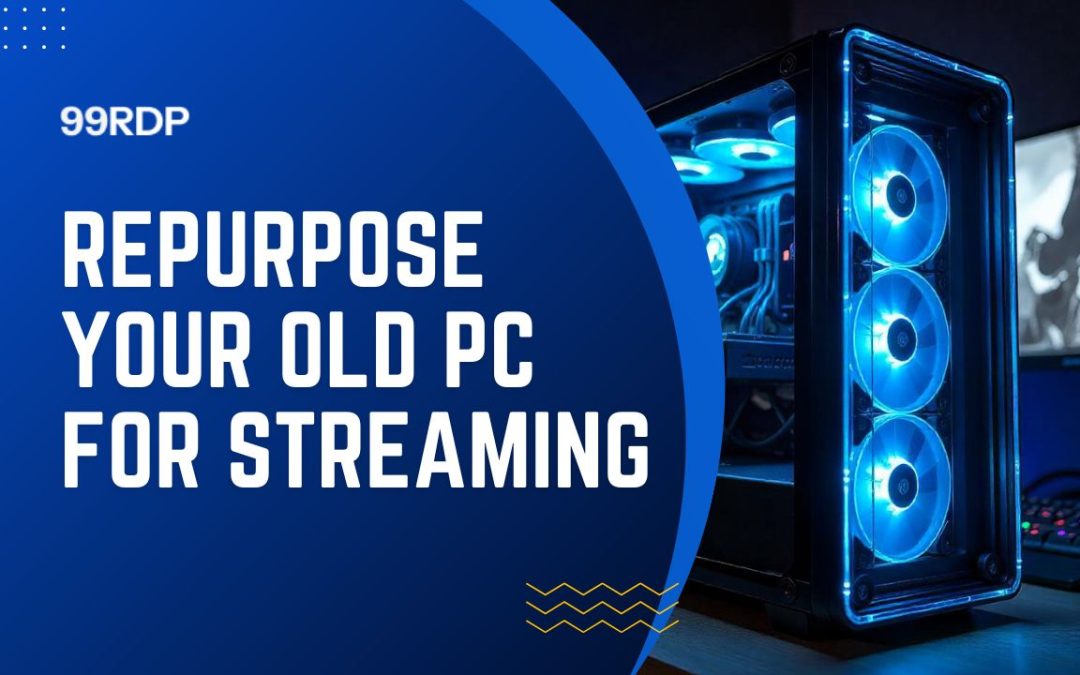The rapid evolution of web technologies has transformed browser-based gaming from simple 2D puzzles into complex, immersive 3D worlds. At the heart of this transformation lies WebGL, a powerful graphics API that enables high-quality rendering directly within web browsers. Understanding how WebGL enhances both safety and immersion is essential for developers aiming to deliver engaging yet secure gaming experiences.
This article explores the core principles of WebGL, its role in advancing browser games, and how it balances performance, security, and visual fidelity. To illustrate these concepts, we will reference modern examples like Chicken Road 2, showcasing how cutting-edge graphics technology shapes today’s gaming landscape.
Table of Contents
- Introduction to WebGL and Browser Gaming
- Core Concepts of WebGL and Its Role in Enhancing Game Experiences
- Ensuring Safety in Browser Games with WebGL
- Immersive Technologies and WebGL: Creating Realistic Game Environments
- Case Study: Chicken Road 2 – A Modern Illustration of WebGL’s Capabilities
- Non-Obvious Aspects of WebGL in Browser Gaming
- Comparing WebGL with Other Web Graphics Technologies
- Broader Implications: WebGL’s Impact on the Gaming Industry and Consumer Behavior
- Conclusion: The Synergy of WebGL, Safety, and Immersive Gameplay in Modern Browsers
1. Introduction to WebGL and Browser Gaming
a. Overview of WebGL technology and its significance in web development
WebGL (Web Graphics Library) is a JavaScript API that allows web browsers to render interactive 3D and 2D graphics without the need for plugins. Built upon the OpenGL ES specification, WebGL leverages GPU acceleration to deliver high-performance graphics directly within the browser environment. Its significance in web development stems from enabling developers to create rich, real-time visual experiences that were previously limited to native applications.
b. The evolution of browser games from simple 2D to immersive 3D experiences
In the early days, browser games primarily consisted of simple 2D puzzles and arcade-style games, often limited by browser capabilities and hardware constraints. With WebGL’s advent around 2011, developers gained access to hardware-accelerated 3D rendering, transforming web games into immersive virtual environments. Titles like Chicken Road 2 exemplify this shift, offering players rich, detailed worlds rendered seamlessly within browsers, rivaling native gaming experiences.
c. Importance of safety and performance in modern web gaming
As web games become more complex and graphically demanding, ensuring security and performance is crucial. Players expect smooth gameplay without risking their data or device security. Technologies like WebGL must be implemented with safeguards to prevent exploits while optimizing rendering processes for responsiveness and visual fidelity.
2. Core Concepts of WebGL and Its Role in Enhancing Game Experiences
a. How WebGL enables hardware-accelerated 3D rendering in browsers
WebGL interfaces directly with the GPU, allowing browsers to render complex 3D scenes efficiently. Unlike CPU-bound rendering, GPU acceleration ensures high frame rates and smooth animations, essential for immersive gameplay. For example, in Chicken Road 2, dynamic lighting and smooth character movements rely heavily on this hardware support to achieve realism.
b. The seamless integration of graphics, physics, and interactivity
WebGL doesn’t operate in isolation; it integrates with JavaScript libraries like Three.js, enabling developers to combine sophisticated graphics with physics engines and interactive controls. This synergy results in environments where objects respond realistically to user input, enhancing player immersion.
c. The impact on game immersion, realism, and user engagement
High-quality graphics, real-time physics, and natural user interactions foster a sense of presence, making players feel part of the game world. This increased immersion leads to longer engagement times and higher satisfaction, as demonstrated by popular web games that leverage WebGL’s capabilities.
3. Ensuring Safety in Browser Games with WebGL
a. Security considerations: sandboxing and browser safeguards
WebGL operates within the browser’s sandbox environment, isolating it from the rest of the system to prevent malicious access. Modern browsers implement strict security policies, such as Content Security Policies (CSP) and sandbox attributes, to restrict WebGL’s ability to interact with sensitive system resources.
b. Preventing malicious exploits through WebGL restrictions and best practices
Developers should adhere to security best practices, including validating all input data, avoiding untrusted sources for assets, and utilizing WebGL security extensions. Browsers also implement restrictions like limiting WebGL contexts and monitoring shader code to prevent exploits such as GPU crashes or data leaks.
c. The role of WebGL in maintaining consistent performance without compromising security
Balancing performance and security involves optimizing shaders, managing resource loads, and leveraging browser security features. By doing so, developers can deliver smooth gameplay experiences that do not expose players to security risks, exemplified by well-designed web games like Chicken Road 2 that run securely across platforms.
4. Immersive Technologies and WebGL: Creating Realistic Game Environments
a. 3D modeling, textures, and dynamic lighting in web-based games
WebGL supports detailed 3D models and textures, enabling developers to craft visually rich worlds. Dynamic lighting and shading techniques, such as ambient occlusion and reflections, add depth and realism. For instance, in Chicken Road 2, the vibrant environment benefits from advanced texturing and lighting effects, creating a lively and believable setting.
b. The importance of real-time rendering for immersive gameplay
Real-time rendering ensures that player interactions result in immediate visual feedback, essential for immersion. Delays or lag can break the sense of presence, but WebGL’s efficiency maintains high frame rates even in complex scenes, providing players with a seamless experience.
c. Examples of successful implementations, including Chicken Road 2
Modern web games like Chicken Road 2 demonstrate the power of WebGL in creating detailed, responsive worlds. Its use of real-time lighting, textured environments, and fluid animations showcase how immersive technologies elevate browser gaming to new heights.
5. Case Study: Chicken Road 2 – A Modern Illustration of WebGL’s Capabilities
a. How Chicken Road 2 leverages WebGL for smooth, safe gameplay
Chicken Road 2 employs WebGL to render its vibrant environments efficiently, ensuring players experience smooth animations and responsive controls. Its architecture prioritizes security by following best practices, minimizing vulnerabilities while delivering high-quality graphics.
b. The balance between visual fidelity and performance optimization
The game strikes a careful balance by optimizing shaders and managing resource loads, ensuring detailed visuals do not compromise performance. This approach exemplifies how modern web games can deliver rich experiences without sacrificing security or responsiveness.
c. The educational value of using familiar examples like Chicken Road 2 to demonstrate WebGL benefits
By examining Chicken Road 2, developers and learners gain insights into practical WebGL applications, understanding how complex graphics are achieved safely and efficiently within browsers. Such examples serve as effective teaching tools for emerging game developers.
6. Non-Obvious Aspects of WebGL in Browser Gaming
a. How WebGL promotes cross-platform compatibility and accessibility
WebGL’s compatibility across major browsers like Chrome, Firefox, and Edge ensures that games reach a broad audience without platform restrictions. This universality democratizes access to high-quality gaming experiences, making immersive web games accessible on desktops, tablets, and smartphones alike.
b. The influence of WebGL on game development workflows and toolsets
WebGL integrates seamlessly with popular development tools such as Three.js, Babylon.js, and Blend4Web, streamlining workflows for creating complex scenes. This interoperability accelerates development cycles and encourages innovation in web game design.
c. The potential for WebGL to support innovative gameplay mechanics and multiplayer experiences
WebGL’s performance enables the development of multiplayer environments with real-time graphics, fostering social interactions and competitive gameplay. As technologies evolve, WebGL is poised to support novel mechanics such as augmented reality overlays and physics-based puzzles within browsers.
7. Comparing WebGL with Other Web Graphics Technologies
a. WebGL versus Canvas 2D, WebAssembly, and other rendering options
| Technology | Strengths | Limitations |
|---|---|---|
| WebGL | High-performance 3D rendering, GPU acceleration | Complex development, security considerations |
| Canvas 2D | Simpler API, suitable for 2D graphics | Limited to 2D, less suited for immersive environments |
| WebAssembly | Near-native performance for complex computations | Requires more development effort, less straightforward for graphics |
b. Advantages and limitations of WebGL in the context of safety and immersion
WebGL’s ability to deliver detailed 3D graphics significantly enhances immersion, but developers must implement strict security practices to prevent vulnerabilities. Unlike Canvas 2D, which is simpler but less immersive, WebGL offers richer experiences at the cost of increased complexity.



